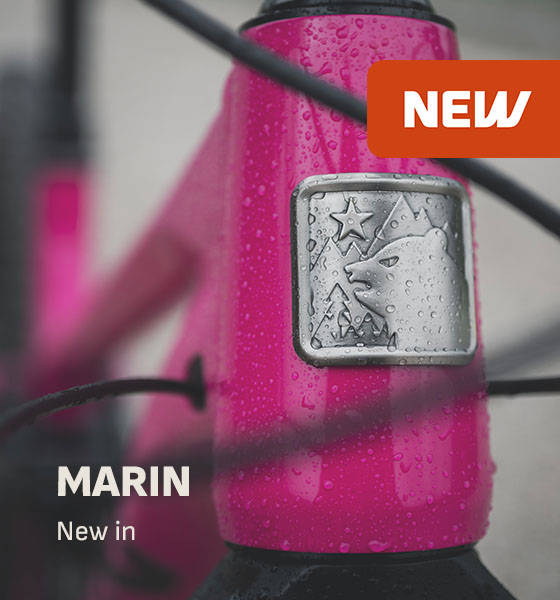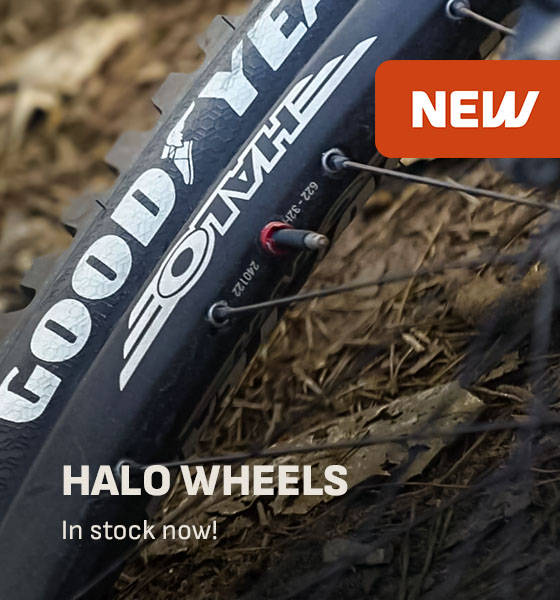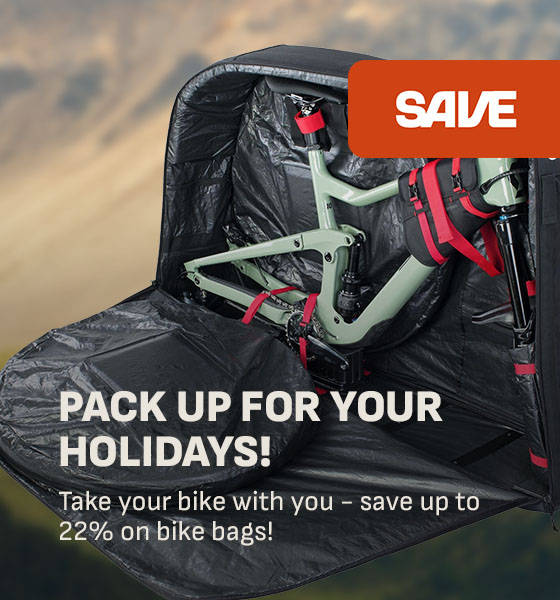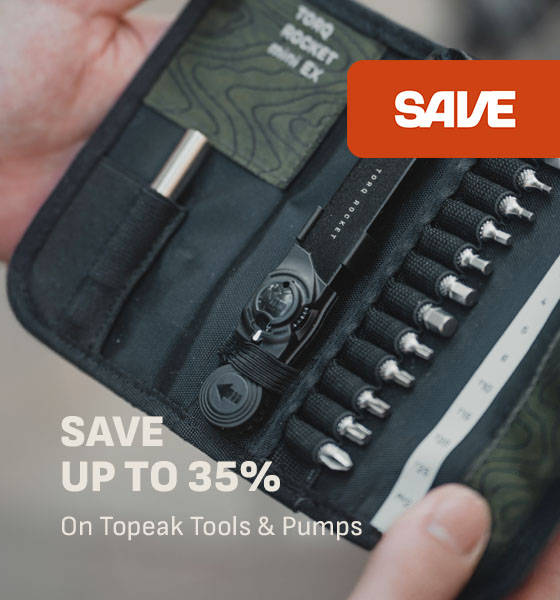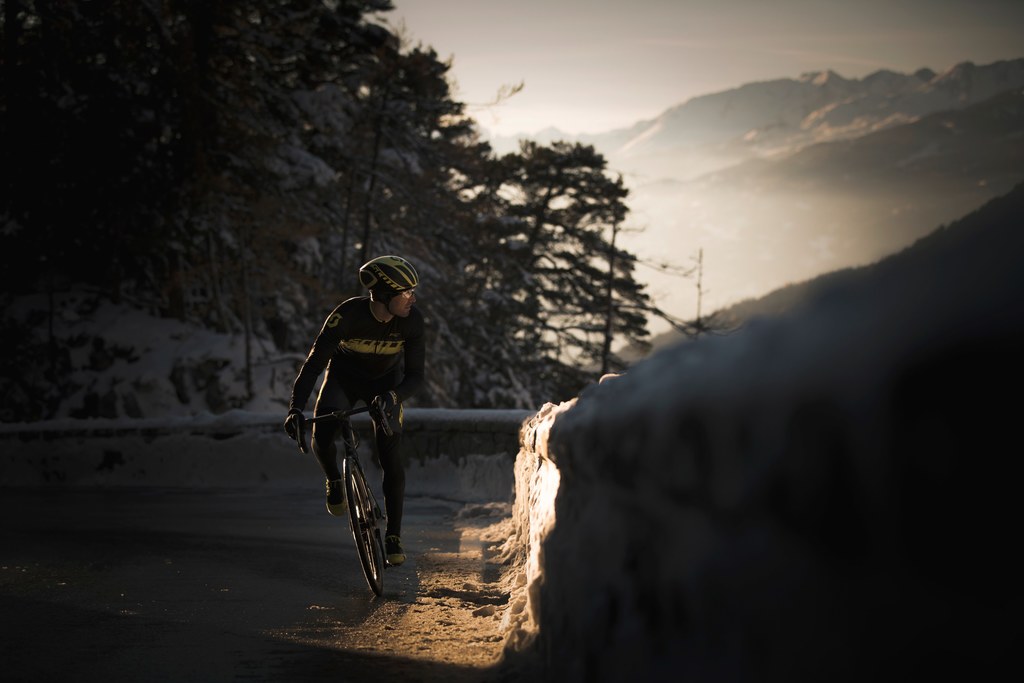

Setting yourself a target is a great way to push yourself to get fitter. Sportives have become massively popular events, a favourite of both novices and seasoned riders. Sportives can take some preparation for though, particularly for beginners. If this sounds like you, read on as we delve in to out top 5 training tips to help you get through your first sportive!
Challenge yourself, but be realistic
If you're just beginning your cycling journey, it can be daunting selecting how far to ride on your first event. Too small a distance and you might not get that warm feeling of success when you finish, too far and you could be sat at the side of the road waiting for a sweeper truck. Once you've got a few rides under your belt, you'll have a better idea of what is a challenge for you to achieve and work up to but is also a realistic goal. Nobody expects a relative novice to knock out a 200-mile sportive at the first attempt, so aim for something longer than you currently feel capable of without over-reaching.
Get training and be smart about it!
Now you've settled on an event and distance, you can get cracking with your training. You want to make sure you get enough training in without over doing it. Work up to the distance you want to ride in steps; learn to walk before you can run as they say! We've found it helpful in the past to mix up your training too. Alternating between longer, steadier rides and shorter, faster rides is a great way to build power and endurance. It's worth keeping in mind the route of the Sportive as well when planning your training; there's little point getting used to a longer, flatter style of ride when the event contains lots of shorter, sharper climbs.
It also helps to be disciplined. We know as well as anyone that life can get in the way or the weather can wreak havoc, but anything you can do to get the miles in is a bonus. Commuting is a great way to get fitter for longer events, it also saves you money and helps the environment! It's also where turbo trainers really start to make sense. When the rain is bouncing down outside, spinning the legs on a turbo trainer is perfect for keeping the miles and motivation high.
Another area it really pays to be disciplined is pacing. This goes for both your training and the big day itself. Going off too quickly on any ride is easy to do. You can feel great at the start and especially in a group it's easy to push the pace too far. Learning your limit and knowing how hard you can push for how long will be a massive bonus on a long sportive.
Resting is as important as the training
You're in the groove with your training, feeling motivated and the sun is shining, but you've already ridden everyday in the last week. Take a day off! You don't get fitter while you're out getting the miles in, you get fitter while your body is resting recovering. Avoid over doing it; try not to ride every day of the week, take at least a day off without exercise every week, more if you've done some serious miles that particular week. It's worth having a quiet week every once in a while, too. You'll feel refreshed and if you've lost a bit of motivation after riding, a break will help you take a step back for a few days and enjoy the other things in life, ready to get back on the back and get down to business!
Get used to being on the bike
Not only is it important to get the hours in legs, it's also essential you get used to your bike and your riding position. There might be a temptation to train hard and reward yourself with a new bike for the big day, but this can introduce all sorts of issues with how comfortable you feel; the last thing you want on the big day is to be so uncomfortable you can't finish the ride. Use the bike you're familiar with and have done the majority of your training on and you'll know you can go the distance.
If you're a beginner getting used to your new bike can also pay dividends when it comes to technique. Many sportives have brutal climbs and challenging high-speed descents, so getting used to how your bike handles and how you can stay in control is a vital energy saver on longer rides. You may not be pedalling but if you're not comfortable descending it can be tiring; you'll be grabbing brakes, scrubbing too much speed and you need to get back up to speed again, so carrying momentum confidently and safely can save precious energy on a day-long ride.
Get on to top of your hydration and nutrition
During a long sportive ride, you can lose more than 5% of your bodyweight if you do not drink and eat correctly. Get your hydration and nutrition wrong on the big day and you're chances of finishing well (if at all) drop dramatically. During your training you should be able to get a good idea of how much you need to eat and drink over the course of your rides, but there are rough guidelines you can follow to help you calculate how much you need to take in. Depending on conditions, as a rough guide you should drink between 500-1000ml of fluid an hour while riding. While water is better than nothing, a dedicated mixed drink is the way forward. Electrolyte drinks and gels are great for keeping you topped up. Carbohydrates are vitally important to keep you going as well, so as another rough rule you should be consuming at least 1g of carbohydrate per kilogram of your bodyweight for every hour of riding. Carbohydrates can be found in carb-electrolyte drinks, gels, energy bars and solid food. It's best to find what works for you before the event and don't be afraid to experiment either to find what works best for you. Once you've got that sorted, stick to it; there's nothing worse than having something not agree with you on the big day!

